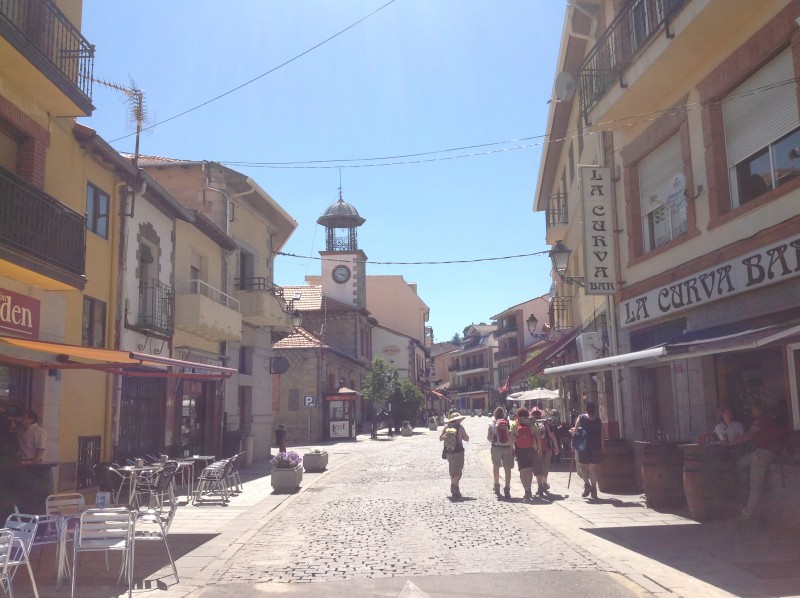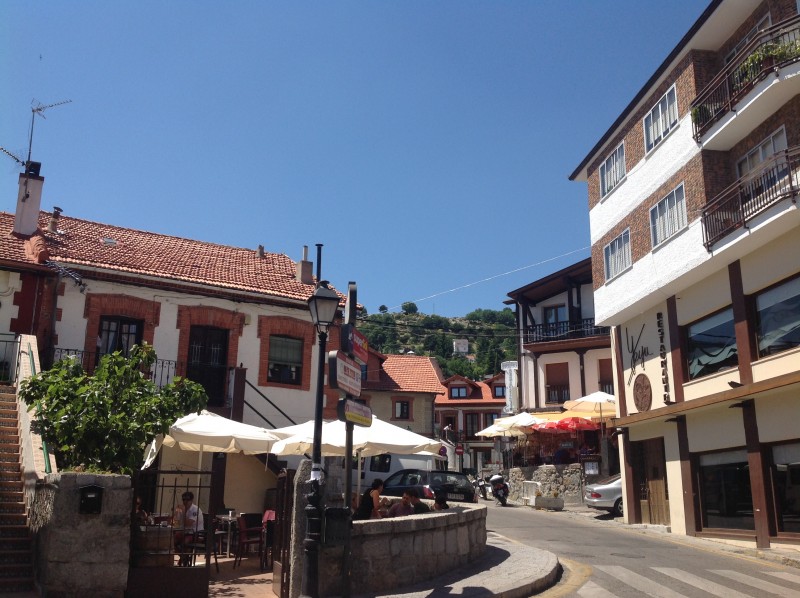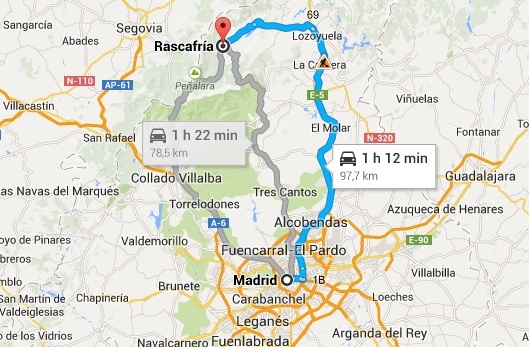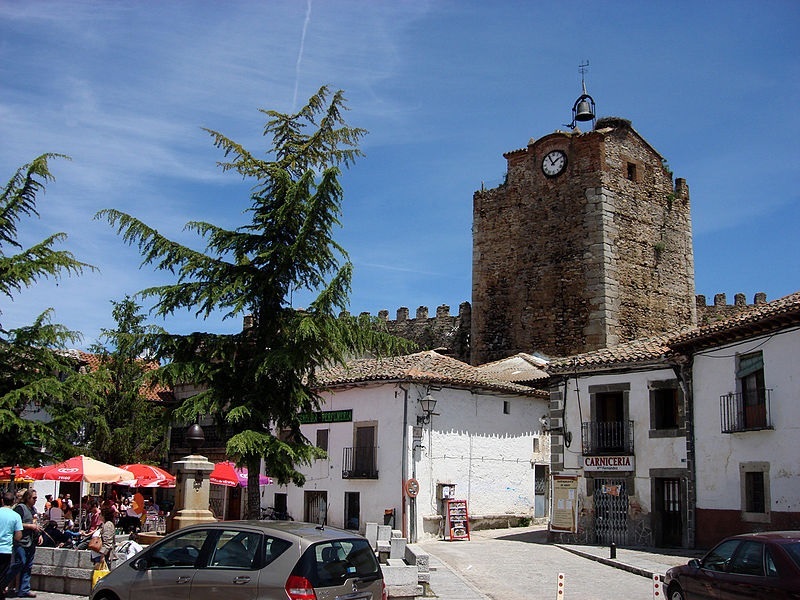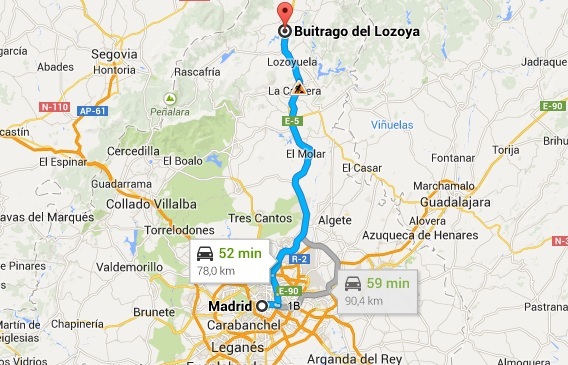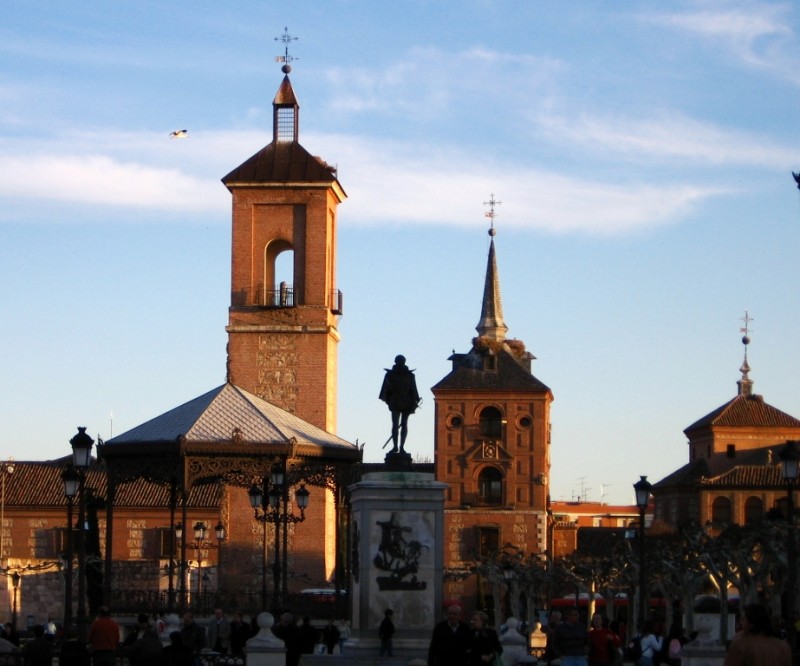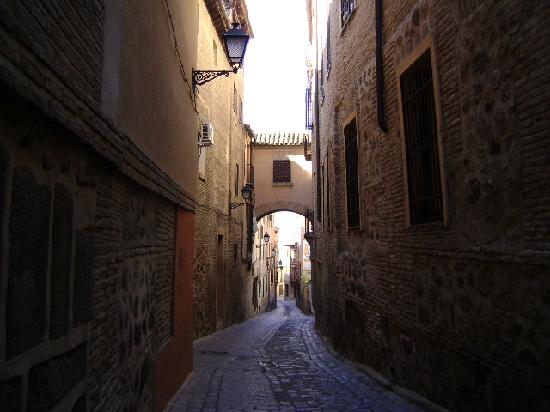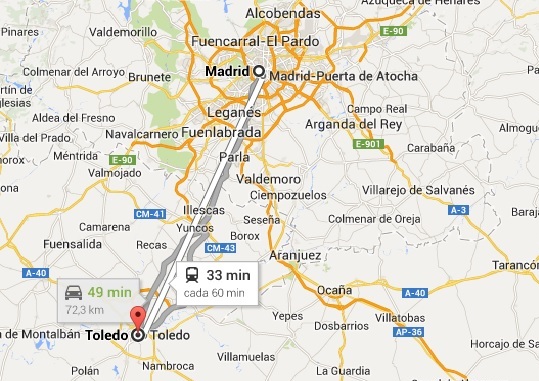Catedral de Justo, a self-built cathedral in Mejorada del Campo, Madrid
Conceived and brought to life by a present-day Don Quijote and situated in La Mancha, stands a cathedral like no other. Over half a century ago, former monk and visionary, Justo Gallego Martínez, also called Don Justo, made it his life-long quest to build a cathedral in his hometown of Mejorada del Campo, just 20km from Madrid. Today, at nearly 90 years old, he is still pursuing his dream.
I’d been meaning to visit the Catedral del Justo for a long time, although it wasn’t until last weekend that I finally made it out there with my husband, James. It’s a great day-trip destination from Madrid if you have a car, as you can combine it with a visit to Alcalá de Henares afterwards.
To be honest, visiting this cathedral is a visceral experience, making it difficult to describe the feeling of seeing it first-hand. As I approached it, I was first impressed by how big it is. With outer dimensions of 20×50 square meters, it takes up a whole block and has a somewhat whimsical appearance.

As I entered, I noticed a huge dome hovering over me, 40 meters high and 12 meters in diameter. The columns, walls, floors and stairwells are made out of materials that were either found, recycled or donated from local tile and brick factories. Even though parts of the building reminded me of an old scrapyard, it did resemble a cathedral—just from another planet!
The next thing that caught my eye was Don Justo himself, sitting contentedly on a chair, reading a book as if everything surrounding him was completely normal. His little dog was running around and an old TV was playing the same trance-like song, over and over again.

When I got home I started reading up on the history of the cathedral. It turns out that Don Justo never got a legal building permit, nor is his cathedral recognized by the Catholic Church. But for me, there was no question I was entering a spiritual place.

What strikes me the most is the story behind his decision to dedicate his life to building this cathedral by himself. Born in 1925, Don Justo had a religious upbringing and aspired to be a monk. However, his dream was crushed when he was diagnosed with tuberculosis; he promised himself that if he ever recovered, he would build a cathedral from scratch and make a shrine to “Our Lady of the Pillar”. In 1961, he started building on an olive grove that belonged to his family in his hometown of Mejorada del Campo, and he hasn’t stopped since.
He never studied architecture nor formalized any sort of building plan; instead he envisioned it in his mind and drew inspiration primarily from the Vatican, St. Peter’s Basilica and other churches around Spain. On certain occasions, he received help from professional architects and volunteers, but overall, this cathedral is the realization of one individual’s dream. He has financed his work through renting inherited land and donations.
Although it will take at least another 15-20 years to complete the cathedral, Don Justo expects to be there every day, despite his nearly 90 years. Walking through the cathedral’s crypt, courtyard, mini cloisters and chapels; gazing up at the dome and examining the different recycled materials used to make the columns, staircases, and floors—it feels slightly Gaudí-esque. In fact, the town of Mejorada del Campo, which notoriously has not fully embraced Don Justo’s cathedral, eventually changed the name of the street on which it lies to “Calle Antonio Gaudí.”

Not surprisingly, I’ve read that many people have called Don Justo crazy. Watching this present-day Don Quijote sitting on his chair, reading quietly in the cathedral he has been building with his own hands for more than half a century… while it all feels like a dream, the cathedral is real, and so is Don Justo. I highly recommend paying them a visit and enjoying the experience of witnessing such a unique vision come to life.
How to get there:
Catedral de Justo is located in Mejorada del Campo, a small town just 20km from Madrid. To get there, there are two public buses from the center: Avenida de América (line 282) and Conde Casal (line 341). However, going by car is a better option, so you can continue your day-trip to Alcalá de Heneres, Cervantes’ hometown, which is about a half hour away or less.
Address: Calle de Antonio Gaudí Bus Line 341 from Conde Casal (link) Bus Line 282 from Avenida de América (link)








